Fighting fire ants
Stopping the spread of red imported fire ants

They’re known for their fiery sting, and their devastating impact on Australian wildlife, biosecurity, agriculture, tourism and human health.
So, what is being done about the red imported fire ant (RIFA)?
This question and more is answered below in a comprehensive deep dive with UNE economist and Deputy CEO of the Centre of Excellence for Biosecurity Risk Analysis (CEBRA), Associate Professor Susan Hester.
RIFA in Australia
What are they, where are they, and why are they so bad?
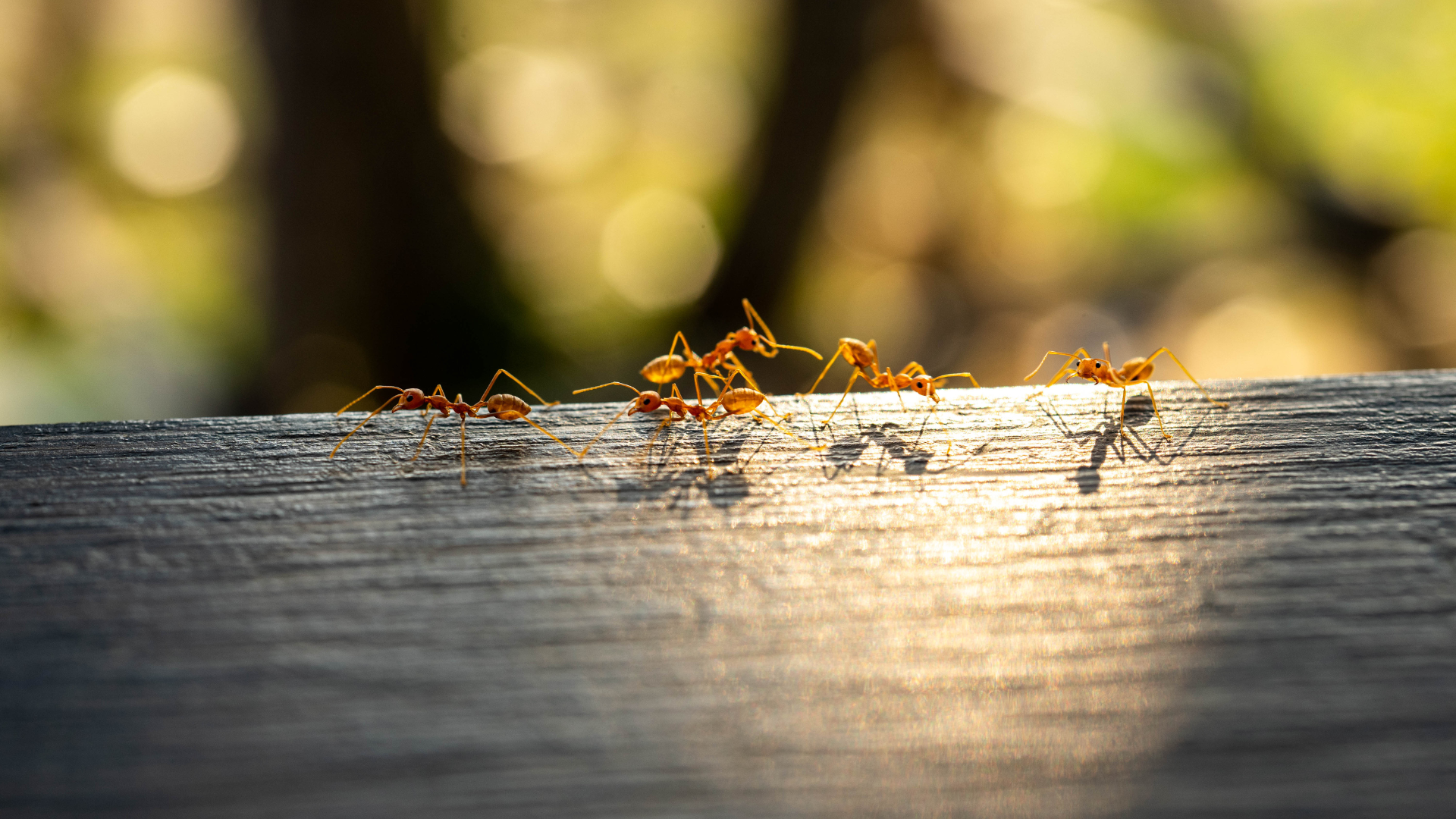
RIFA are native to South America, and were first detected in Australia in 2001 in Brisbane.
The tiny pests inject venom in their victims repeatedly, causing multiple painful stings that can trigger allergic reactions, anaphylaxis and sometimes death in susceptible people. To add fuel to the fire, when one ant bites, a pheromone is released signalling nearby ants to sting simultaneously. Sometimes this involves the entire colony, particularly if the colony has been disturbed.
Animals, including pets, livestock and native species, aren’t immune to the vicious sting of RIFA, which means entire ecosystems can be impacted by infestations of the pest.
As of April 2024, there are several incursions across south-east QLD and northern NSW:
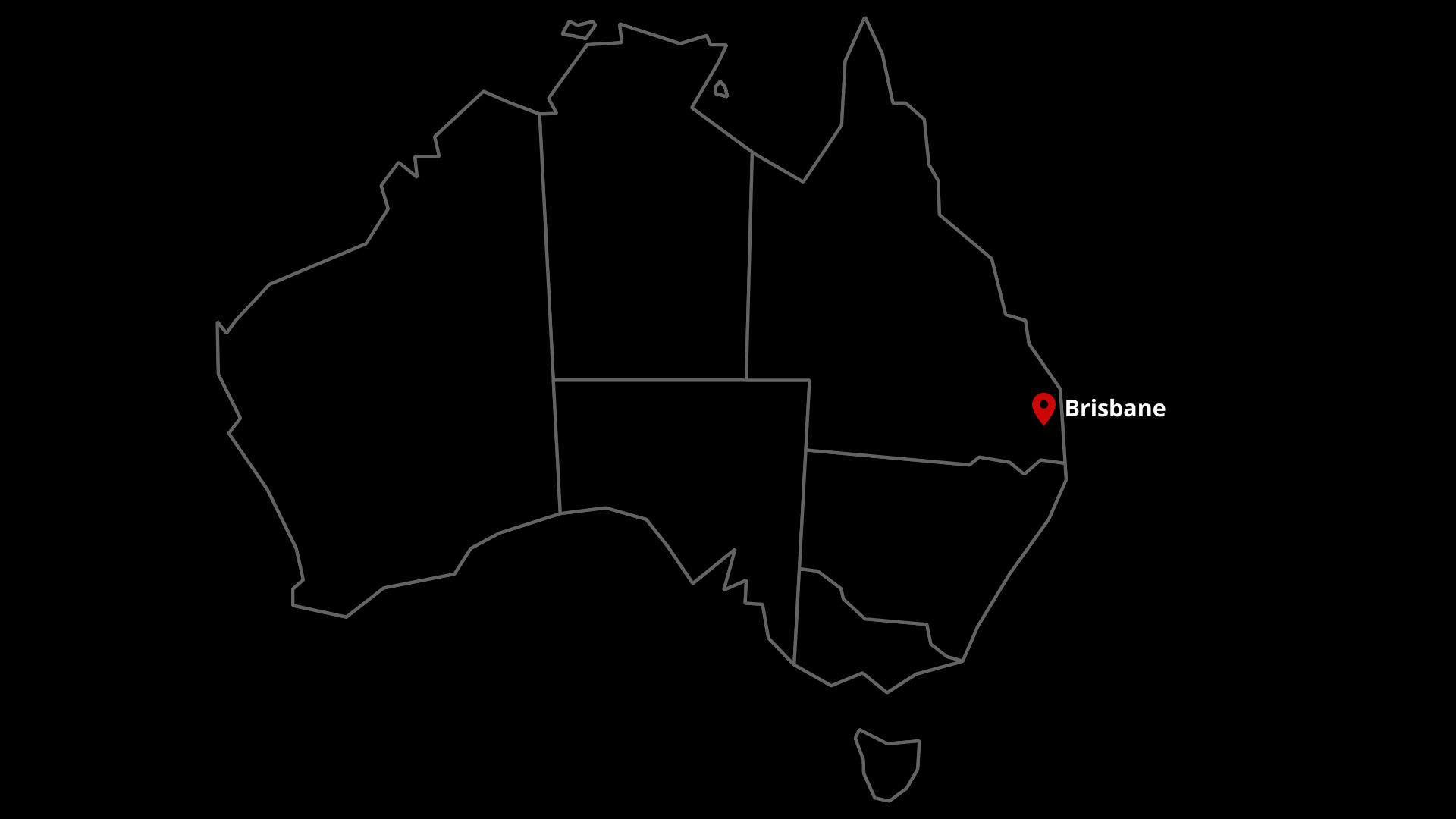
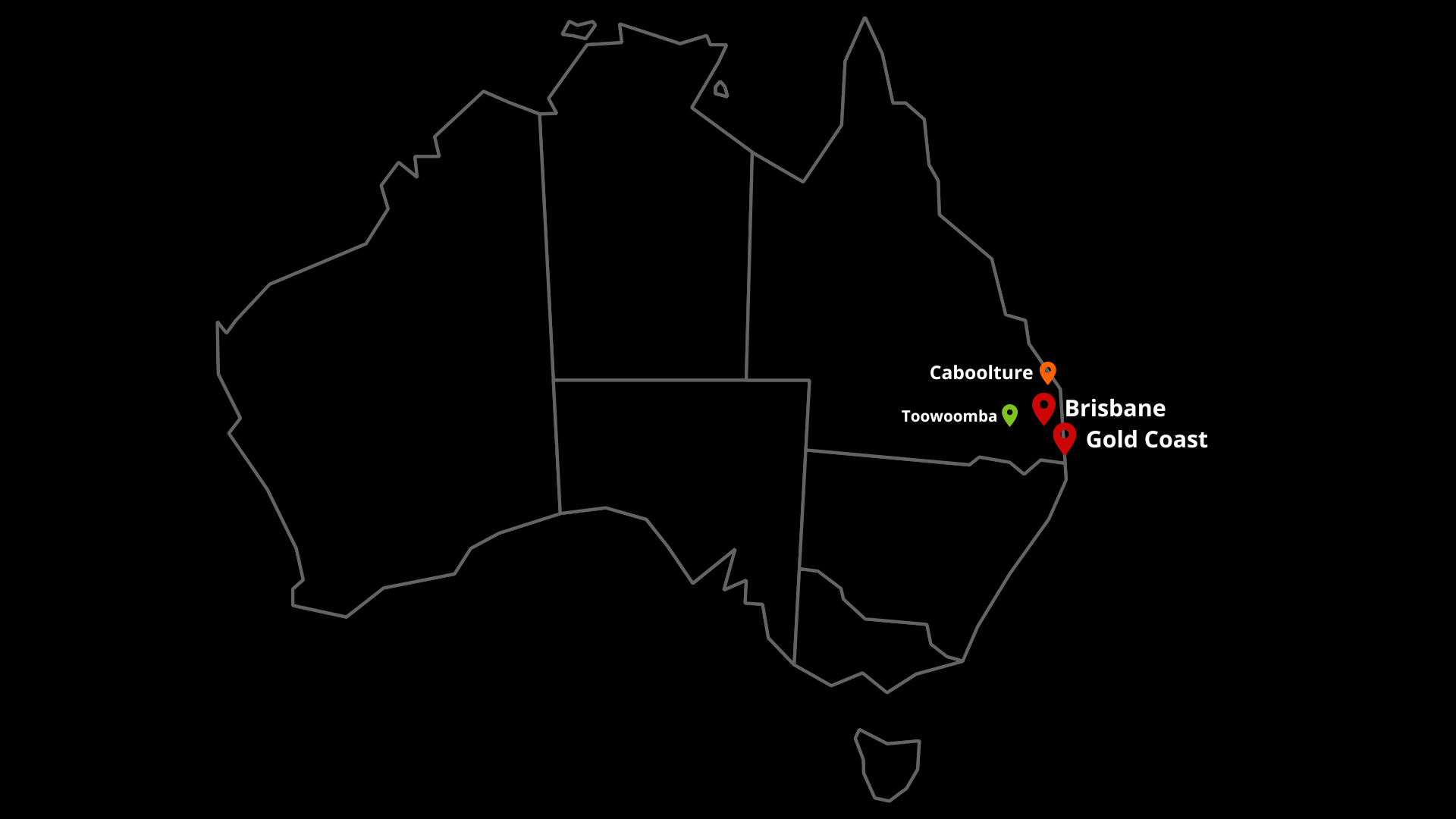
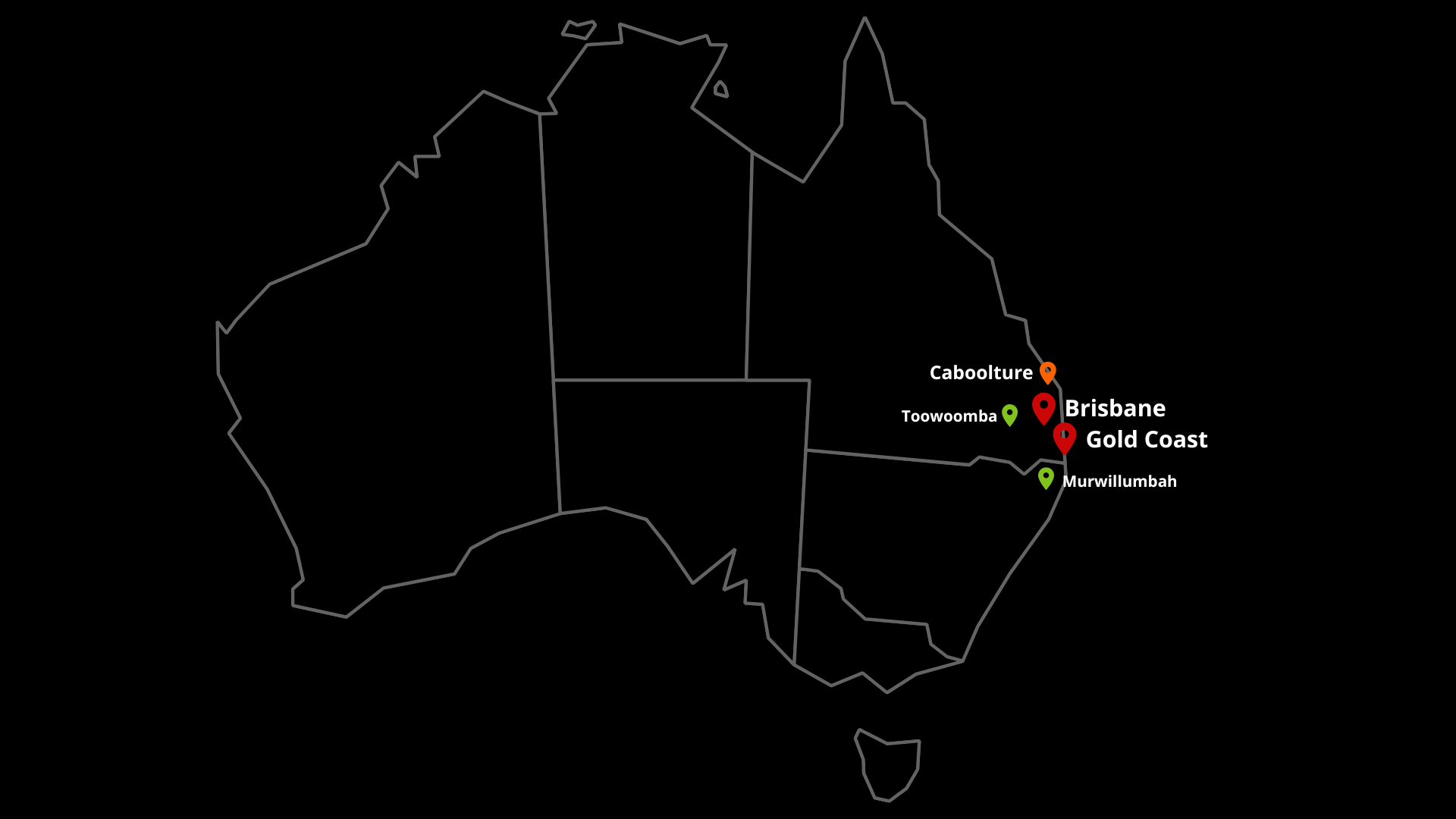
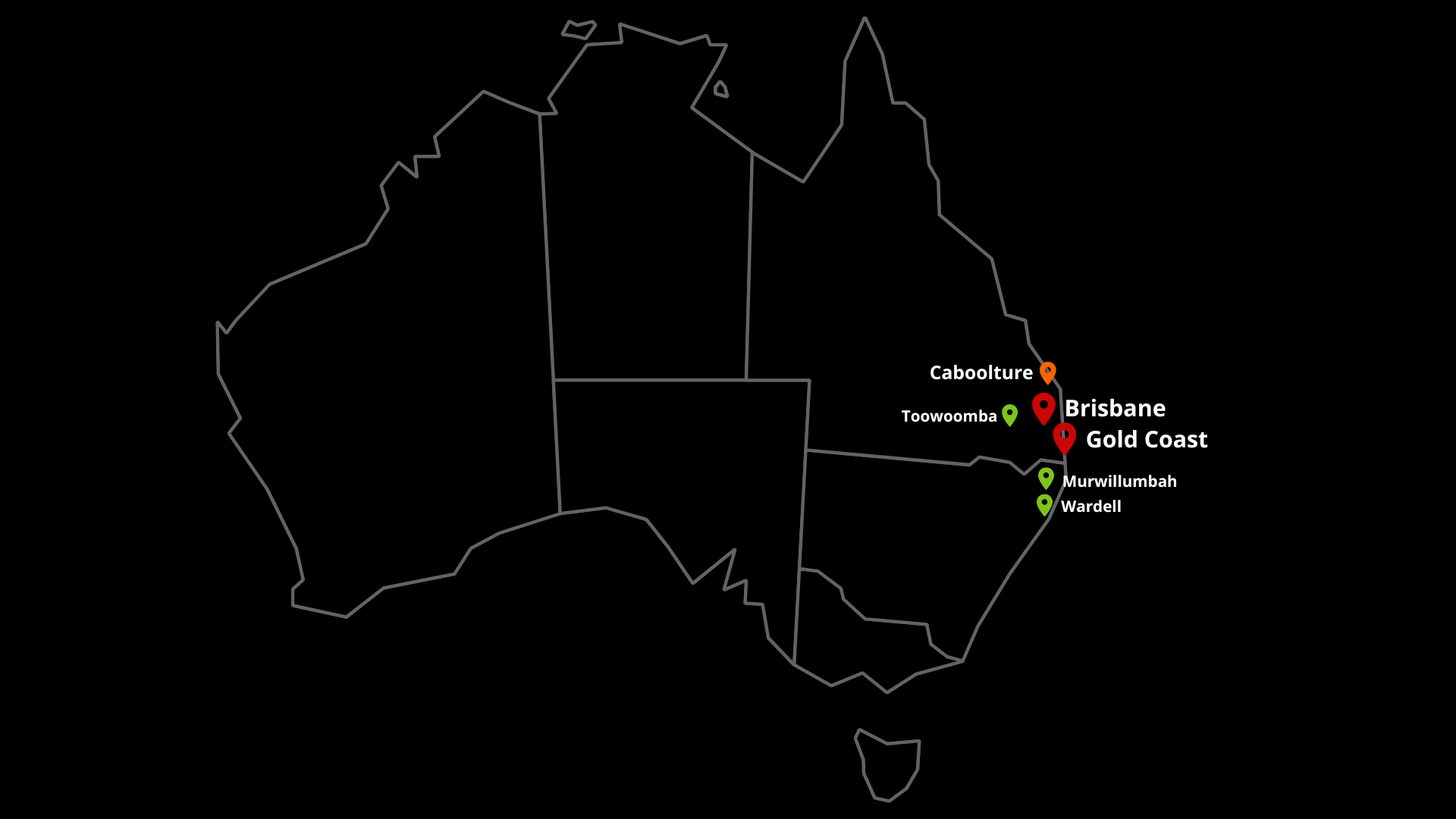
RIFA were first detected at two locations:
- Port of Brisbane (along a fence line at an approved arrangement facility)
- Southwestern suburbs of Brisbane.
From there, RIFA spread to nearby regions, with outbreaks reaching as far north as Caboolture, and as far west as Toowoomba.
In late 2023, RIFA managed to cross the border into Murwillumbah. It's thought the ants were in a load of mulch or dirt being transported into NSW.
A few months later, RIFA were found further south in the town of Wardell.
You may be thinking, 'we already have ants in Australia... why are these ones so bad?'
Aside from the human health risks that RIFA present, they have widespread impacts on our economy, native ecosystems, agriculture, and tourism (just to name a few).
“RIFA are on the list of the World’s Worst 100 Invasive Alien Species,” says A/Prof Hester.
“They are considered a ‘super pest’ because of their wide-ranging impacts – they impact most sectors of the economy."
Watch this to find out more about RIFA's impacts on the economy, agriculture, biodiversity and more.
Some sectors of the community that would be significantly impacted by RIFA include:
AGRICULTURE
RIFA is known to impact 50+ commercial crops grown in Australia through loss of crop yield, plant mortality, damage to equipment, increased labour costs and market access.
PUBLIC HEALTH
Ants will aggressively attack if their nests are disturbed and when foraging for food; ants inject venom repeatedly causing multiple painful stings that can provoke allergic reactions, anaphylaxis and sometimes death in susceptible people. Ants will also sting a range of animals, including pets, livestock (e.g cattle) and native animals.
NATIVE WILDLIFE
RIFA are aggressive predators and have an appetite for insects, small vertebrates, and seeds, which can disrupt ecosystems and food chains. In extreme cases, this can threaten the survival of many native species, according to the Wildlife Preservation Society of Queensland.
SPORT & RECREATION
RIFA outbreaks can limit outdoor activities due to the public health risk the ants present. This impacts sport, education and recreation within local communities, which can have flow-on effects on the mental wellbeing of residents.
TOURISM
Visitors will likely avoid participating in outdoor activities due to the risk of being bitten. With a large number of Australia's popular tourist destinations located in the great outdoors, this would have have significant negative effects on local businesses within impacted communities.
CRITICAL INFRASTRUCTURE
RIFA are attracted to electricity, often nesting in critical infrastructure such as telecommunications and electrical systems where they cause short circuits and damage wires.
Using CEBRA’s value model, as outlined in this article, A/Prof Hester says the damages caused by RIFA have been estimated to range from $40 billion to more than $60 billion over 30 years.
“The model combines predictions of the spatial spread of RIFA originating from Queensland and New South Wales with damages to 16 different asset categories, which include agriculture, recreation, and infrastructure. These damages can escalate rapidly with large numbers of uncontrolled outbreaks and over a longer time period."
CEO of CEBRA, Professor Andrew Robinson, says while there is uncertainty surrounding these values, the combined damage to agriculture, recreation and tourism will exceed 1.5 per cent of Australia's GDP and that the silent cost to the environment will be 1.3 per cent of GDP.
“Jointly, this is 2.8 per cent of the GDP, which is approximately half of COVID."
" These damages can escalate rapidly with large numbers of uncontrolled outbreaks, and over a longer time period."
So, what's being done?
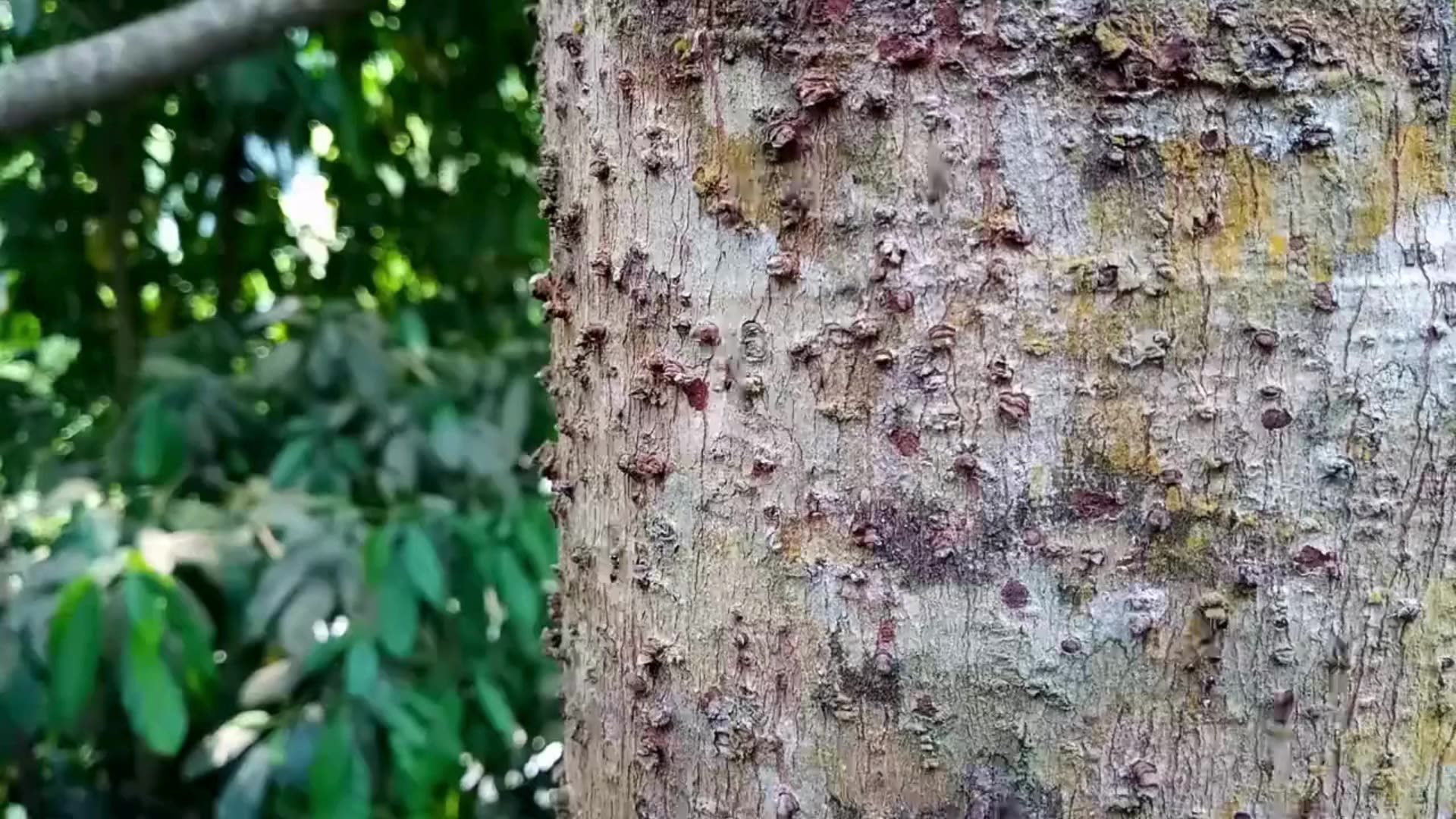
RIFA are extremely difficult to eradicate, as they can fly, and can easily go unnoticed in loads of mulch and soil during transportation.
They’ve even been known to create ‘life rafts’ to travel across water and start new colonies, which involves a group swarming together into a large cluster to float to a new location.
A farmer on the Gold Coast captured video of fire ants forming floating rafts to survive flood waters in south-east Queensland, Australia. Source: The Guardian Australia
Because of these methods of spread, efforts to control the spread are extensive and eradication is difficult to achieve.
“An eradication programme commenced in 2001 – the National Fire Ant Eradication Program,” says A/Prof Hester.
“It has had various changes since its inception, but basically involves applying broadscale treatments (ground or aerial baiting) at 6-14 week intervals in the eradication area over a couple of years, with more intense treatment in ‘hotspots’, and surveillance.
“Eradication hasn’t yet been achieved and the area under eradication has grown over time.
“It is extremely difficult to accurately define the area to which treatment will be applied. It involves understanding the full extent of the incursion and then setting a boundary outside this area. The boundary should be large enough to encompass any missed nests or spread from known nests, but not too large that treatment costs rise unnecessarily. Accurate delimitation is essential if eradication has any chance of being successful.”
What is the government doing?
A Senate Inquiry into Red Imported Fire Ants in Australia is being held, with findings set to be released on April 18, 2024.
As Deputy CEO of CEBRA, A/Prof Hester was invited to speak at Day 2 of the Senate Rural and Regional Affairs and Transport References Committee Inquiry, held in Newcastle on March 5, 2024.
The appearance was in response to a submission that she had put together with CEBRA colleagues into the potential economic impacts of RIFA, and what can be done to minimise these.
“The CEBRA submission contained information about the potential value of future RIFA impacts, the cost-effectiveness of passive surveillance in detecting RIFA, and the role of human behaviour in the spread of the pest. Our statements were drawn mainly from research commissioned or undertaken by CEBRA,” she says.
“I found the whole experience very empowering – it was my first opportunity to speak directly to politicians about research that I have been involved with.”
"I found the whole experience very empowering – it was my first opportunity to speak directly to politicians about research that I have been involved with."
The CEBRA submission:
Key points
It has been estimated that $1m invested in public engagement activities had resulted in $60m saved in active surveillance costs between 2006 and 2010.
It is extremely difficult, but essential, to understand the full extent of an incursion (delimit the incursion) as quickly as possible to determine whether an eradication programme is the best option. In the case of RIFA and varroa, lack of sufficient delimitation has been a key factor in failure to eradicate quickly. RIFA infestations that were accurately delimited in the early years of the eradication programme have been successfully eradicated.
If red imported fire ants are able to spread across Australia, the expected costs and impacts on human health, social amenity, agriculture, the environment, infrastructure and regional workers could range from $40 billion to $60 billion over 30 years, depending on the frequency of outbreaks and the land-use categories that are impacted.
In the case of the response to varroa, CEBRA speculates that hive movement restrictions were not adequately calibrated to likely stakeholder responses — the well-intentioned quarantine movement restrictions might have actually encouraged illegal movement of hives, rather than encouraging the behaviour sought by the biosecurity agency managing the incursion. This is something to consider when developing rules and regulations around RIFA.
Where to from here?

Stopping the spread: The power of community
At the senate hearing, A/Prof Hester reported on research undertaken with colleagues from UNE and CEBRA into the benefits of engaging the community in surveillance.
“We know that in areas of high population density, the public can be really useful in reporting RIFA," she says.
“Passive surveillance (use of the community in reporting suspected detections) is an important part of the campaign to eradicate RIFA. Work led by Prof Oscar Cacho (Cacho, Reeve, Tramell and Hester, 2012; funded by CEBRA) analysed data from Biosecurity Queensland’s passive surveillance programme to understand the value of engaging the community in RIFA surveillance. We found a return of $60 for every dollar invested in community engagement. The return is measured as savings from avoided active surveillance – surveillance by trained biosecurity officers – that would have been required to uncover the ants detected by the public.
“We suspect that passive surveillance works well for species that invade populated areas and which are easily identifiable due to behaviours such as stinging (e.g. RIFA, European wasps), or because they have some other characteristic that makes them easy to spot by a non-expert. Since passive surveillance is known to work well for RIFA detections in heavily populated areas, it would be logical that it should continue in the RIFA eradication programme.”
However, A/Prof Hester says there is more that needs to be explored when it comes to passive surveillance.
“Importantly, we need to know how additional expenditure in community engagement leads to increased reporting by the community. There are a whole range of issues that need to be better understood, including the best community engagement approach (message content, media channels, frequency and location of activities); and effects of demographic factors in the community (age, gender, education, concern for the environment), and attributes of the pest (its ability to cause physical harm or financial losses, detectability in the local environment). If we understand these things better, we’ll be able to get the right mix of passive and active surveillance in pest management programmes.”
"We know that in areas of high population density, the public can be really useful in reporting RIFA."
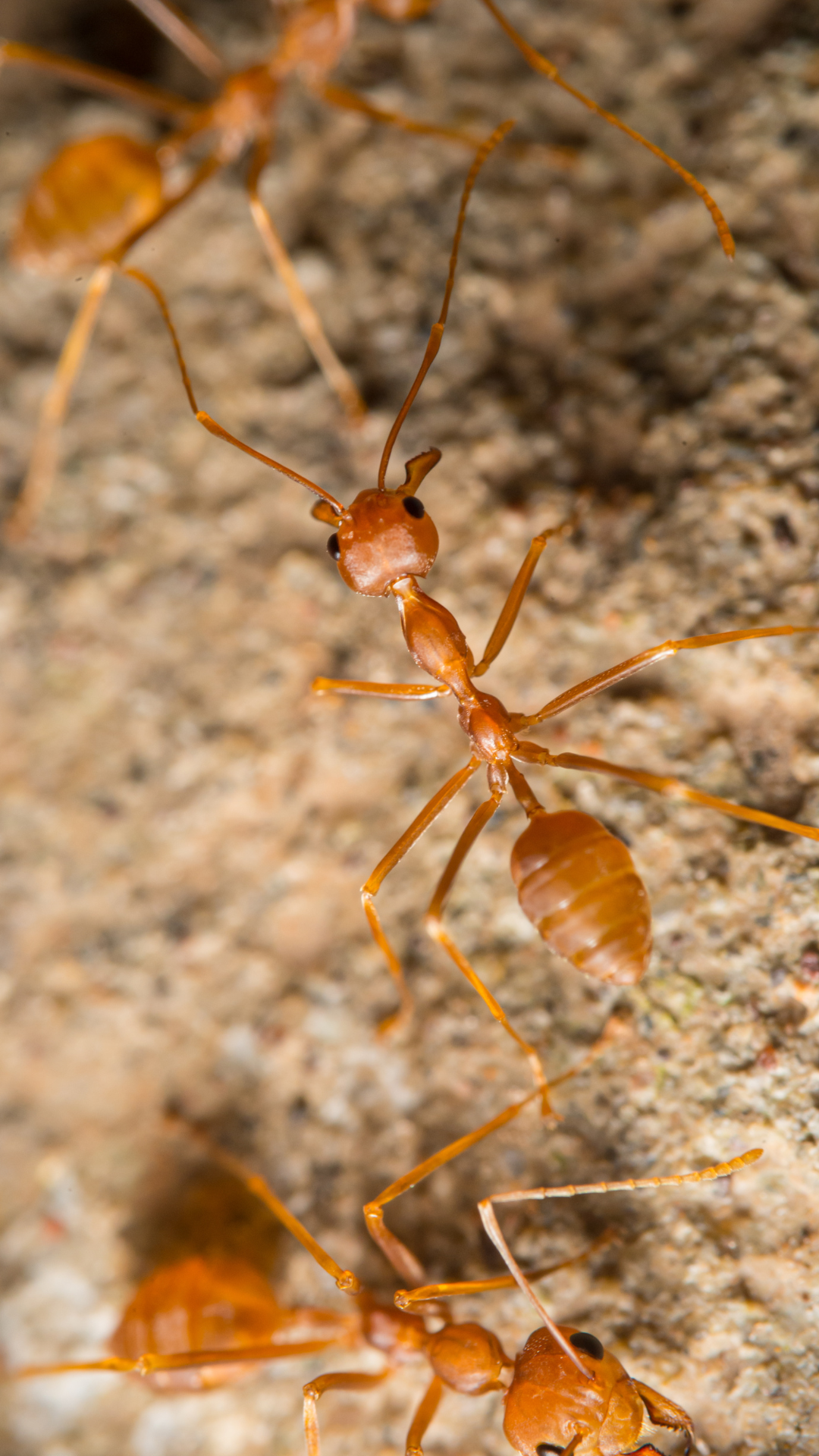
The next steps...
A/Prof Hester says there is a lot that can be learnt from breaches of biosecurity rules, such as what occurred during the recent varroa mite outbreak.
She stresses there needs to be more of a focus on creating rules that lead to desired behaviour, rather than regulations that cause counter-productive actions.
“It appears that the recent detections of RIFA in NSW arrived in infested turf from the QLD infestation despite the fact that there have been movement restrictions on these products from south-east QLD for a significant period of time. Getting to the bottom of how RIFA spread to Murwillumbah and Wardell might lead to an appreciation by the state’s biosecurity agency that stakeholders don’t automatically follow the rules, and that rules could be better designed.
“Expecting stakeholders to 'do the right thing' is naïve. This is especially true for businesses for whom adherence to restrictions on the movement of their goods (soil, mulch, turf, equipment) out of an eradication zone means a significant loss of income."
The senate inquiry findings were released on April 18, 2024 and can be viewed here
For more information about the impacts of RIFA and eradication strategies, visit these helpful resources:
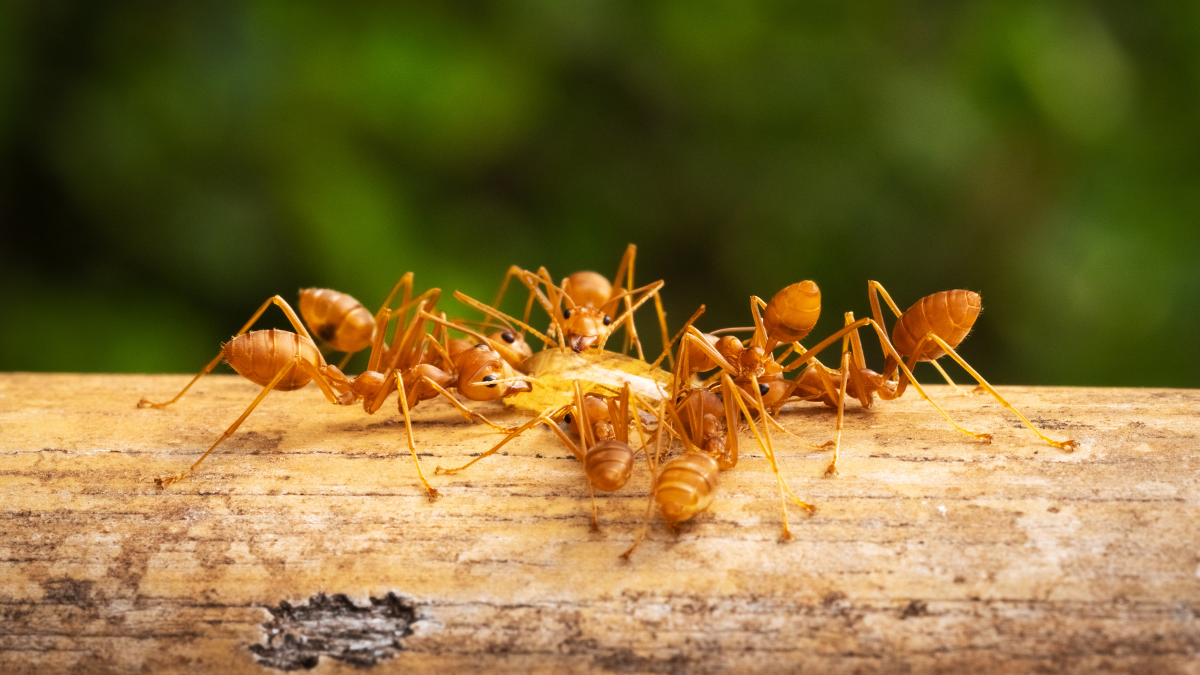
CEBRA's Value Model
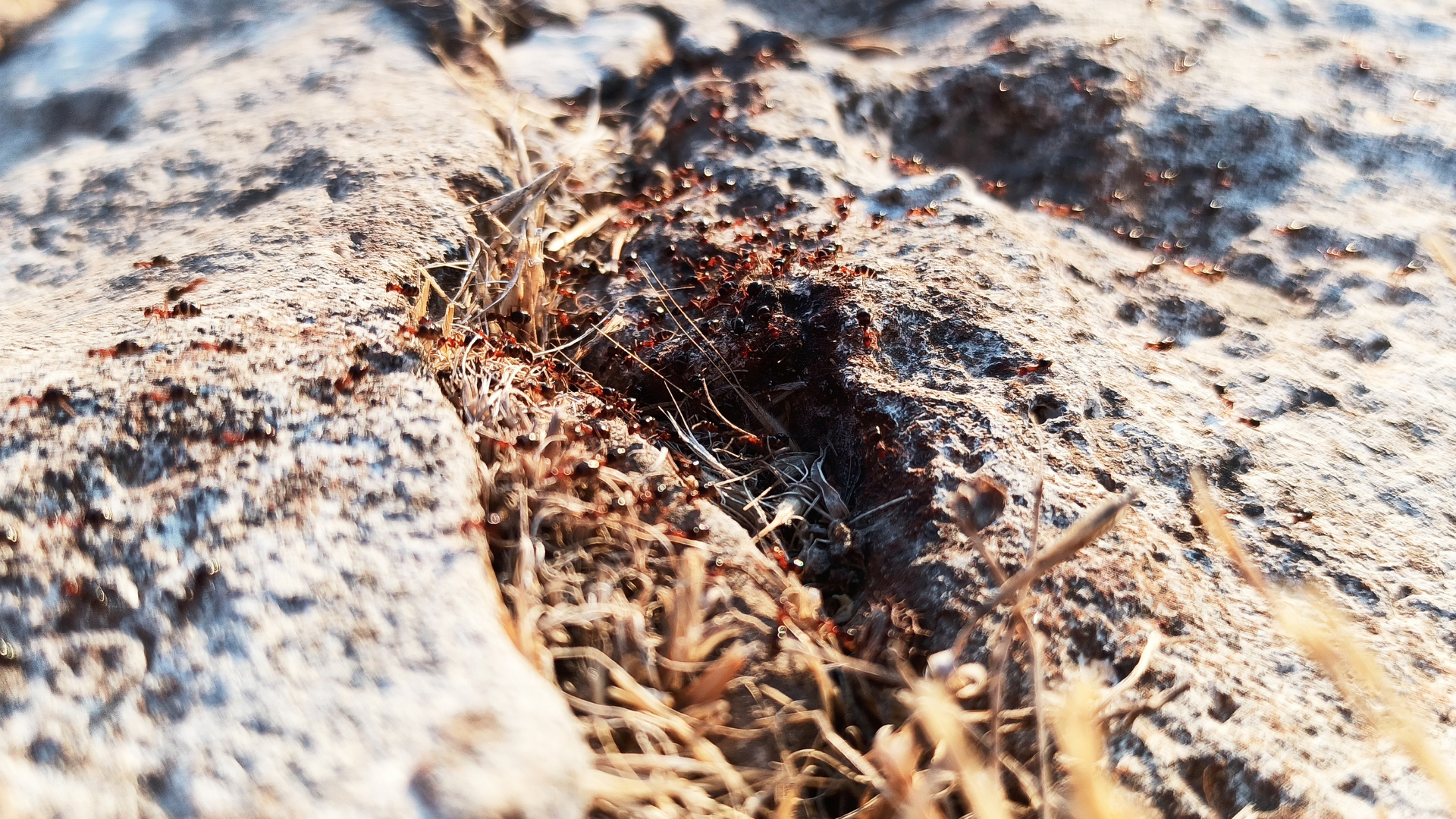
National Fire Ant Eradication Program
Read more about how RIFA is being eradicated across Australia
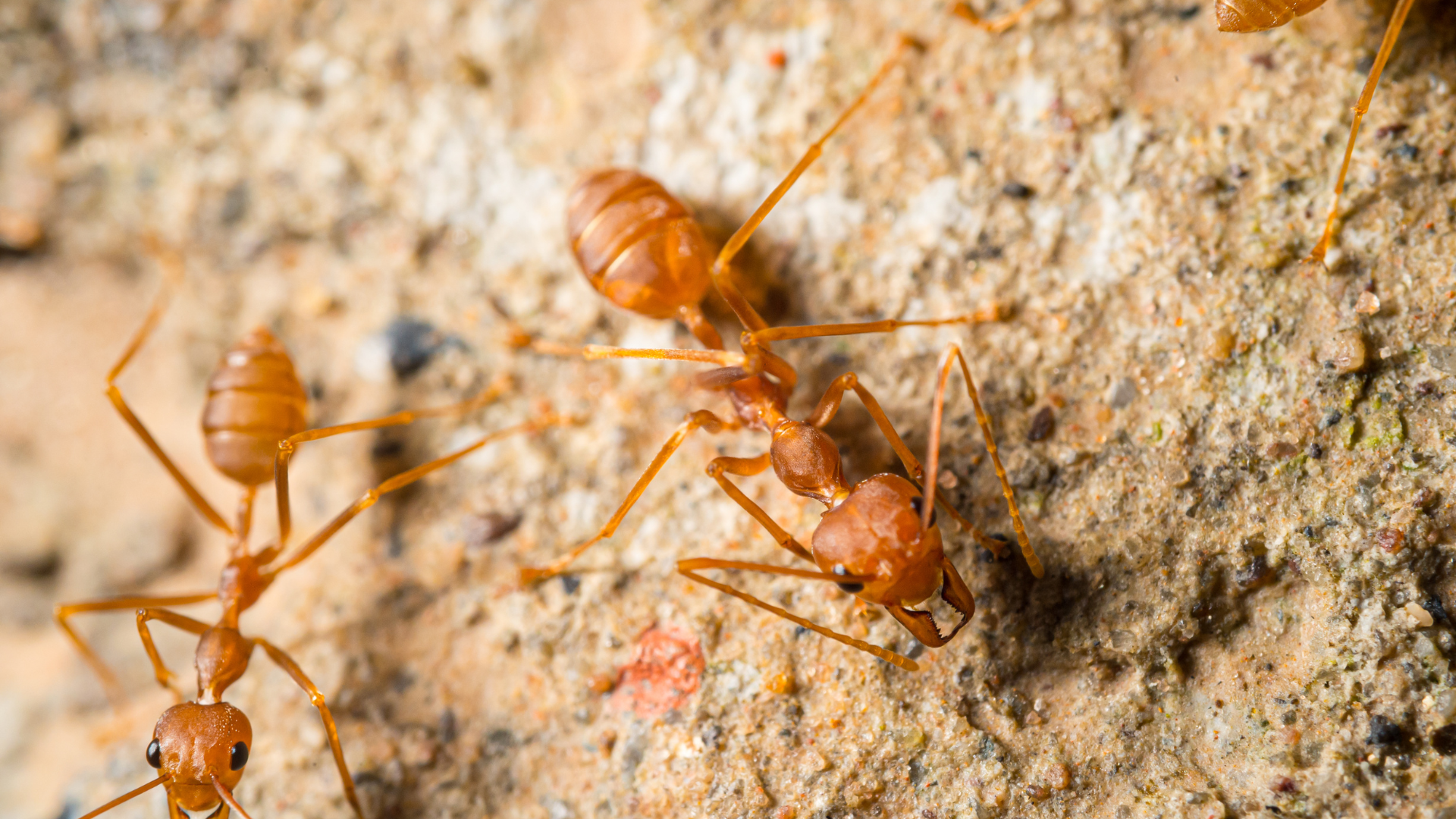
Fire Ant Biosecurity Zones
Is there an outbreak near me? Where are restrictions in place?


